

WIZARD WORDS 6.0
ARE WE DOOMED GRANDAD? A story about Microplastics
“Good morning, Granddaughter, what are you reading?” 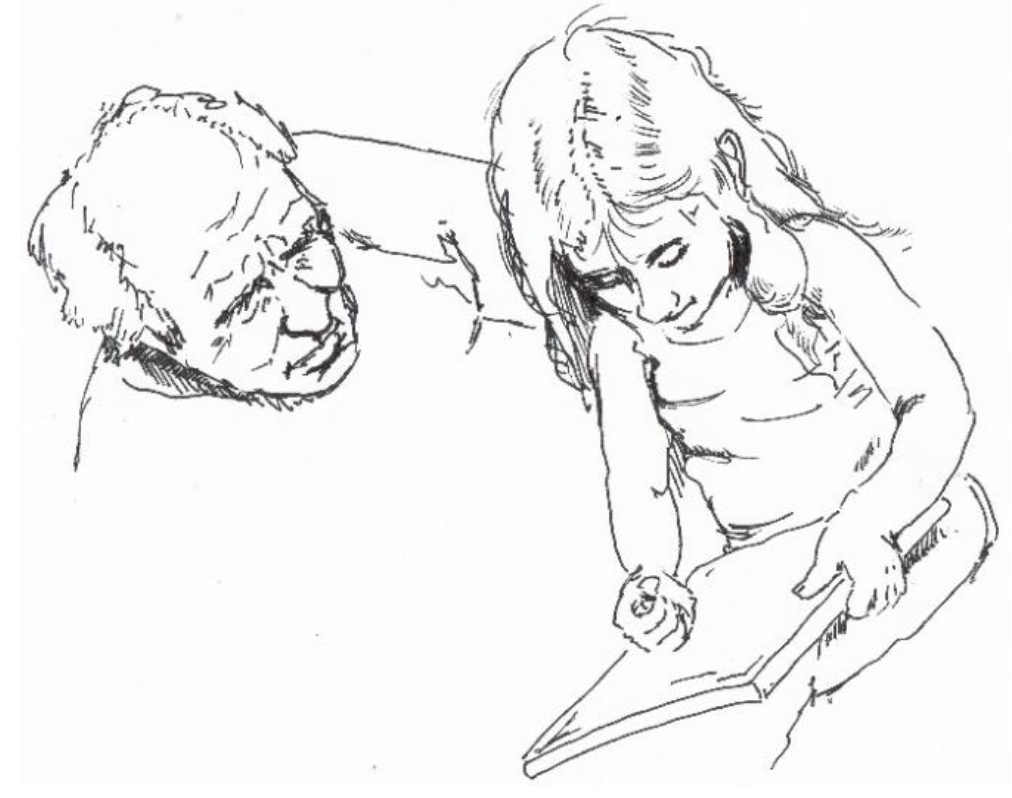
“Hi Grandad, I’m reading a story about us.”
“Us? Do you mean about our family?
“No Grandad don’t be silly, I mean all of us… everyone, everywhere.”
“Oh, ... that's nice?”
“Grandad? What does ‘doomed’ mean?”
“Oh, you are reading that kind of story. Well, Granddaughter, ‘Doomed’ is a word that we don’t use very often because it means that someone has run out of luck, that their days are very few and that disaster is coming.”
“Are we ‘doomed’ then, Grandad, are so many terrible things happening to us?”
“I don’t know Granddaughter, but I'm not very hopeful, there are so many things going wrong, our world is changing so quickly. Maybe there is some sort of disaster coming.”
“Will I be doomed Grandad; will you save me from disaster?”
“I don’t know if I can Child, but I would if I knew what to do.” “The thing is that we are all doing things which will not let us live long and healthy lives and I worry about you my precious Granddaughter, I worry what your life will be like.”
“What things Grandad”
“People do things without thinking about it, they throw away lots of things which they don’t want and quite often these things are coming back to hurt us. Things like packaging, you know that it’s often made of plastic, and plastic is becoming a really big problem.”
“Packaging Grandad, you mean like the things Mum buys from the supermarket?”
“Yes, Child, from the supermarket, from fast food, and water bottles, and things like that, they are supposed to go into the recycling bin to be used again, but a whole lot isn’t reused and a lot ends up in the sea.”
“What happens to them after we throw it away Grandad?”
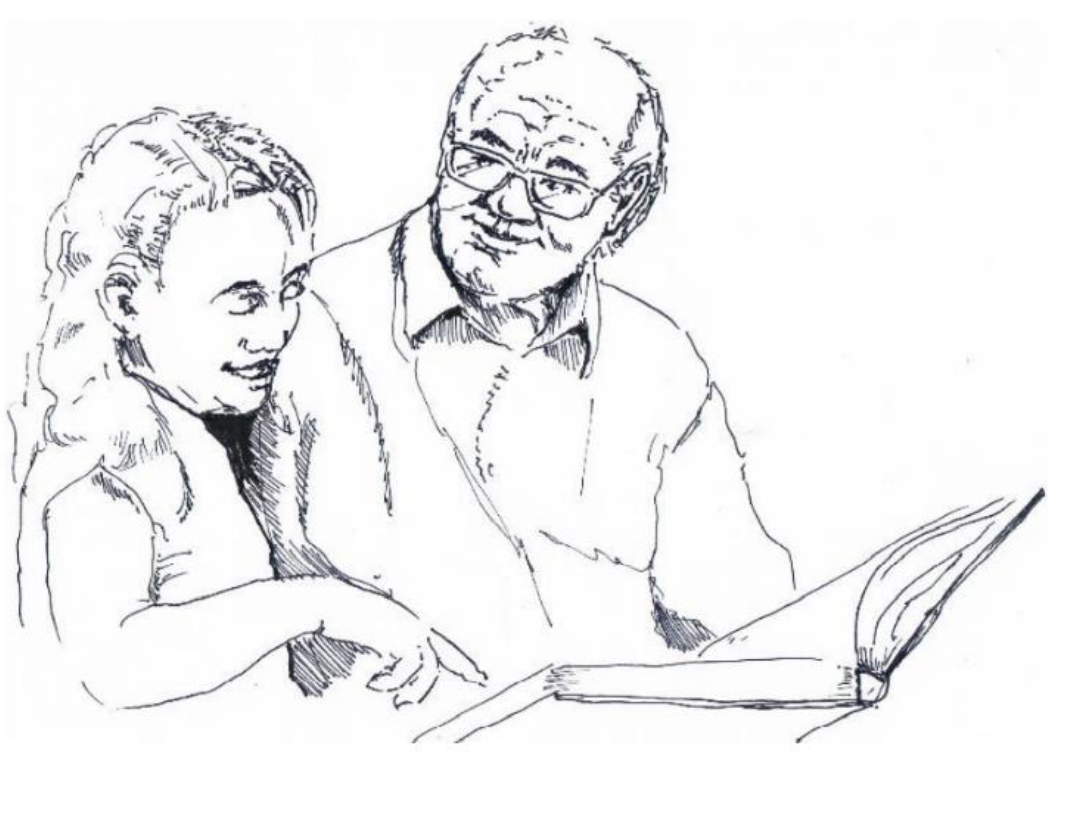 “That is the problem Granddaughter, I don’t know. I should know what happens when they are put into the bin but I don’t. It’s not just packaging, I think that this is a really big problem for us now with a lot of things we make from plastic. I’m very afraid that it will be a much bigger problem by the time you are grown up.” “We need to ask someone who knows.” “We’ll ask the Wizard because he knows a lot about these things.”
“That is the problem Granddaughter, I don’t know. I should know what happens when they are put into the bin but I don’t. It’s not just packaging, I think that this is a really big problem for us now with a lot of things we make from plastic. I’m very afraid that it will be a much bigger problem by the time you are grown up.” “We need to ask someone who knows.” “We’ll ask the Wizard because he knows a lot about these things.”
The WIZARD makes the real problem of plastic clear.
Most of what we know about the fate of packaging and other discarded products comes not only from the multitude of studies abound on the subject but also from our lived experience. We can all see discarded packaging on the roadside, in waste dumps, and flowing in the sea - it amounts to hundreds of millions of tonnes each year. Less than 9% of all of the plastic waste generated is reused in some form and so more than 90% - a very large tonnage of the remainder, degrades into environments ranging from landfill sites, incinerators, or finds its way into the environment both land and river/sea.
MICROPLASTICS are the scourge of our time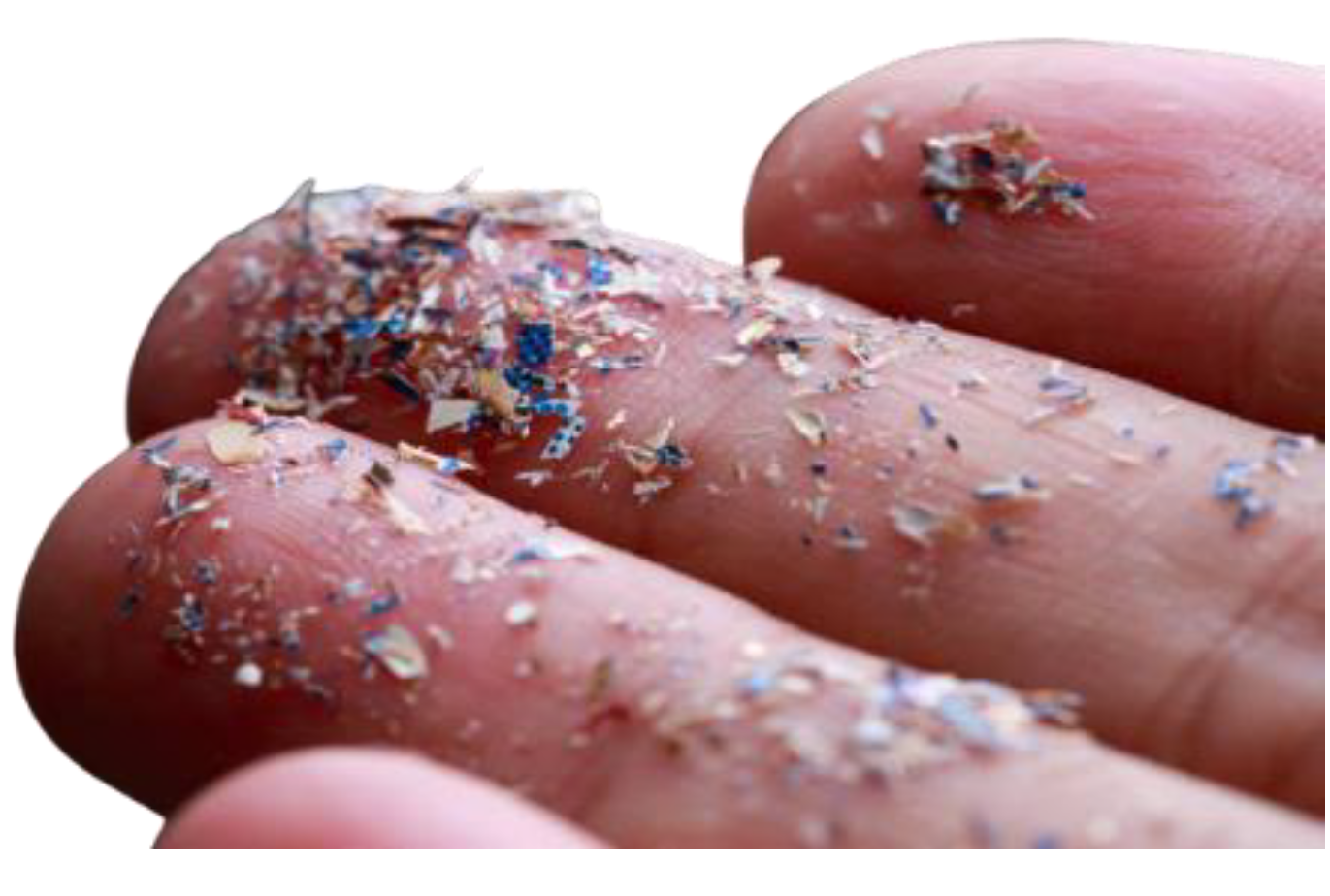
The degradation of this material, particularly plastic, takes many decades or in some cases hundreds of years. As time goes by, plastic objects break up into smaller and smaller pieces (microparticles and nano-particles) and now most of this material (less than 1mm across) is contaminating our world and there is little that we can do about it. In the ocean, these fragments are mistaken for food by aquatic life and on land are a contaminant in the diet consumed by grazing animals. OECD estimates that ‘projects global plastics consumption rising from 460 million tonnes (Mt) in 2019 to 1,231 Mt in 2060’ (Global Plastics Outlook). What does this mean for our efforts to deal with the waste from all of this production? The OECD points clearly to the paucity of capability, so now there can be no possible remedy in the future when the stream is 3 times more.
All plastics contain toxic chemicals
The effect of plastic waste is not just economic but most concerning of all, it insinuates itself into our food chain. As the University of Amsterdam notes that almost all commercially produced meat contains plastic to some degree, as does milk, both wild and farmed fish, bottled water, and nearly all processed food. They note: ‘Scientists in the Netherlands found the particles in three-quarters of meat and milk products tested and every blood sample in their pilot study’ Vrije Universiteit Amsterdam (VUA). Estimates of just how much plastic we eat through a normal diet are not precise but could range around 5grams/week comprising up to 200,000 particles. Health authorities have found plastic or trace chemicals from plastic in the blood of all patients studied. There is a fear that even newborn babies will have these sorts of contaminants absorbed from the placenta during the term of the pregnancy.
Carried along with these particles of plastic making their way into our food chain and those of other creatures, is an array of highly toxic chemicals used to make up the special characteristics of the plastic to suit the purpose of a package. The chemicals number in the tens of thousands at this point, and present damage to our health as they grow in concentration. Very few studies to date have been unable to list the precise health effects except to say that; these are by no means benign to our life and health, Emeritus Professor Sarah Dunlop poses the basic problem: “industry doesn’t have to prove safety before release, rather it’s the science trying to prove harm after release,” Professor Dunlop said.
Toxic chemicals impact our health and the health of unborn children
Packaging contains a great many chemicals including the so-called ‘forever chemicals’ which do not degrade with time (such as PFAS, Per- and polyfluoroalkyl substances). There are a host of other known toxins commonly found in everyday plastic items and are of great concern including: Bisphenols; Phthalates; and Halogenated flame retardants.
In the journal of Paediatrics and child health: ‘Buy-now-pay-later: Hazards to human and planetary health from plastics production, use and waste’.(ed.), Prof. Sarah Dunlop and her colleagues go on to list some of these compounds and their known effects on our health.
|
Bisphenols |
Bisphenols are used to make polycarbonates and epoxy resins, including plastic food and beverage containers or their linings |
Bisphenol A (BPA) adverse associations including |
anogenital distance in new-born girls, hypertension, cardiovascular disease, polycystic ovary syndrome, insulin resistance, type 2 diabetes, obesity, and increased waist circumference |
|
Phthalates (ortho phthalate diesters)
|
Phthalates are the main plasticisers used to increase the flexibility of plastics |
Exposure is usually measured as a metabolite in urine There are no global treaties relating to phthalates. |
Adverse associations include miscarriage, anogenital distance in newborn boys, and sperm concentration. Additional concerns for harm, but with differing findings for different phthalates, include birthweight in new-borns, asthma, psychomotor development, cognitive development and IQ, precocious puberty in girls, increased blood pressure in children, insulin resistance, type 2 diabetes, thyroid function, obesity, and waist circumference, endometriosis, and additional sperm quality measures. |
|
Halogenated flame retardants
|
Halogenated flame retardants are used in plastics to suppress combustion |
include polychlorinated biphenyls (PCBs) and polybrominated diphenyl ethers (PBDEs). |
reduced birth weight, death from certain cancers, cardiovascular disease, type 2 diabetes, and endometriosis. Adverse health effects associated with PBDEs include reduced birth weight, cognitive development, and IQ. Additional concerns include: insulin resistance, infant bronchitis, several cancers for PCBs, and thyroid function for PBDEs |
|
Per- and polyfluoroalkyl substances
|
Per- and polyfluoroalkyl substances (PFAS) are used in firefighting foams, as protective coatings for food packaging, textiles, and furniture, and fluoropolymer plastics for non-stick cookware and waterproof fabrics.
|
There are more than 9000 PFAS, but only a handful have been studied for human exposure and health effects. Adverse health effects associated with PFAS include: |
decreased birthweight and length in newborns and obese children. Additional concerns include neurodevelopment, allergic rhinitis in children, and thyroid function. |
Journal of Paediatrics and Child Health 57 (2021) 1795–1804
© 2021 Minderoo Foundation Trust. Journal of Paediatrics and Child Health published by John Wiley & Sons Australia, Ltd on behalf of [Paediatrics and Child Health Division (The Royal Australasian College of Physicians).
These toxins and contaminants are not just affecting our personal health but beginning to have effects at cellular levels with unknown consequences. This means that our very being is at risk of invasion from a variety of chemical influences which may very well change who and what we are. There is ample evidence to show that the impact on all living creatures from this deluge of toxic contaminates is not just dire but could threaten our very existence.
The contamination problem is not limited to packaging, the tyres on our cars are responsible for a mountainous volume of plastic which washes into the rivers and then into the sea. Similarly, each washing cycle of our clothes creates a host of plastic fibres which are carried in wastewater and on the breezes, migrating to the farthest corners of the earth. Nowhere is uncontaminated at this point and there is no expectation that the situation will improve but rather get very much worse as the production of plastic items continues to increase up to double in the next 20 years and triple in 40 years (OECD).
There is nothing we can do about it except make less
Even if there are mitigation measures underway, (which is not the case), then the amount of plastic particles and nanoparticles already in the environment is innumerable, and they cannot be retrieved by any means. These particles have been found in searches extending from the north pole to the south pole. There is nowhere on earth which is free from some degree of plastic contamination. This dire situation has occurred within the stretch of no more than 50 years and is a direct result of the lack of critical thinking and apportioning of responsibility to those organisations which produce these products. The so call ‘Ecotax’ or enviro-levees which collect money from producers to pay for the treatment, proper disposal, or clean-up of these materials falls far short as would a literal drop of rain in an ocean. The estimated cost of remedial measures is already in the Tens of trillions of $ just to collect what already exists. Soon there will not be enough money in the whole world to do anything about this problem with current technology. The most sensible first step must surely be to make less of this material and concentrate efforts to rectify this existing catastrophe.
We’ve already seen the future
In 2008, Disney and PIXAR saw fit to make an animated movie called WALL-E, which was about our possible future. As a futuristic look at the results of our consumption and lack of response, we produced a world that is uninhabitable not just to us but to all life. This type of future gazing is not far-fetched or alarmist. It is prescient and can become true in a matter of decades unless a drastic, almost tectonic, paradigm shift in the way products are produced along with the measures taken to deal with the waste occurs.
There is no doubt amongst researchers that there is a mountainous problem before us and all fear that there is significant reason to be alarmed about its consequences. Strangely however, there is almost no agreement on what to do about it. There are plenty of calls for an increase in recycling rates and others say that this is an impossibility as there is no business case for creating new facilities and infrastructure. Some are advocating banning various types of plastic products which will have a limited effect as it will only be applicable in locations covered by that jurisdiction. Still, others are suggesting compelling producers to introduce programmes to pay for the collection of their products for reprocessing. These programmes are largely succeeding only to provide producers with an inexpensive PR platform to excuse the damage they have done up to now with little impact on the volumes of waste at all.
Nowhere is there a comprehensive programme to restrain the use of these materials for the various products made from plastic including packaging, clothes, and as additives in cosmetics, tyres, cigarette buts, and other frequently littered items. As a start, if consideration was given to the cost of the clean-up then perhaps the use of fossil-fuel based plastics for new products might not look so attractive against other less consequential materials. So clearly, these costs need to be borne into the calculation of producers and product designers. This whole-of-life-cost approach is indispensable to any sort of rational debate on the topic.
Who’s with us and what’s against us?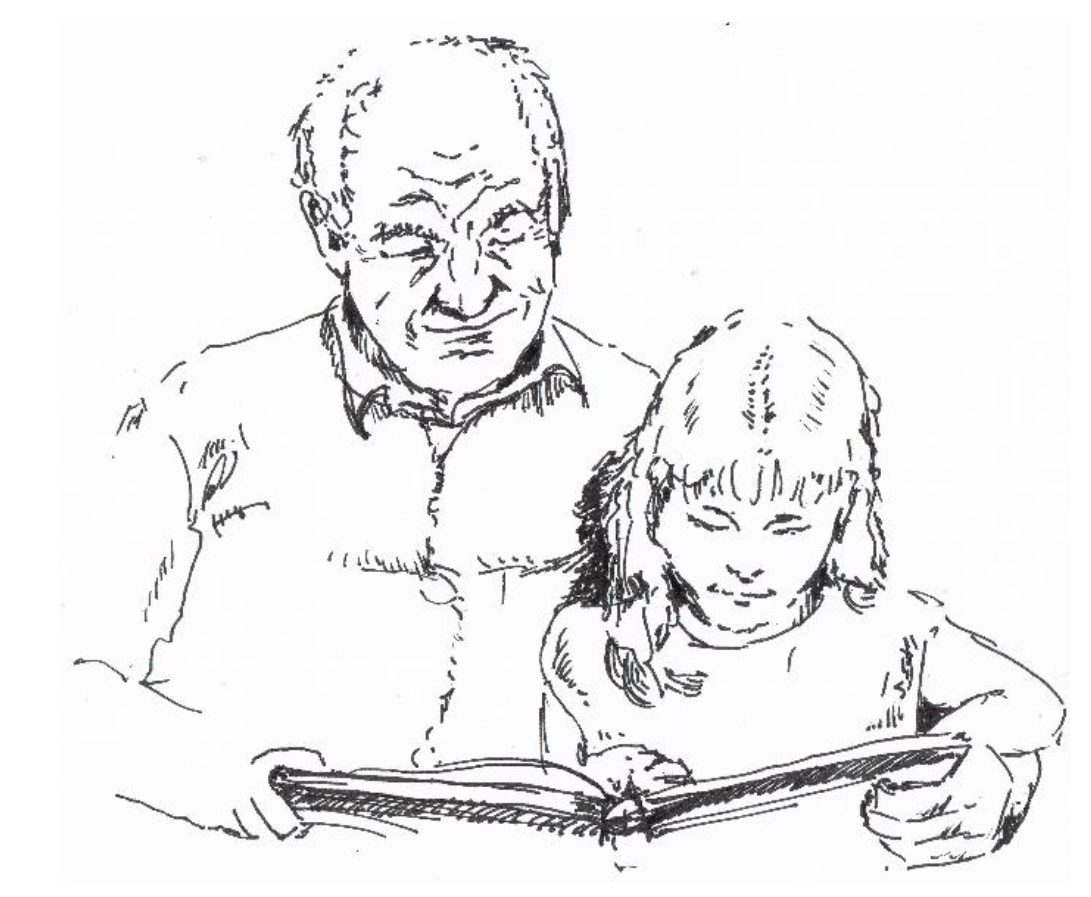
Industry shills and crisis deniers will deflect or resist with all and any of the usual arguments about alternatives being worse etc. but, in the end, there must be pushback on their rhetoric to bring science and rationality to the fore. There must be a requirement to design the whole-of-life pathway for each product including those where the shedding of microfibres such as the washing process, can be mitigated or eliminated.
Without any or all of the measures then there will certainly be no possibility to decrease the plethora of microfibres and microparticles extant in the environment and in the food chain of all living creatures including us. The unknown consequences to our health will take time to uncover and verify but there is no certainty that they might pose a direct threat to the survival of humans on earth eventually as well as every other living thing.
It’s everywhere and the is no escape
The worst part of this situation facing every living being is that there is nowhere to hide or avoid this threat that we have created. It’s already extant everywhere in every bit of food and every sip of liquid we consume- it’s just too difficult and expensive to prevent it or remove it. As yet, few have realized or cried out for the urgent attention this crisis deserves, those who do lack resources and reach.
In opposition, the forces against any change are all powerful and too wealthy to permit the growth of such a movement. For the corporate giants responsible for this crisis, any threat to the trillion-dollar industry of plastic production and waste handling they own will reduce profit and so any investment to squash dissent will be worth it. There is a long and titanic struggle ahead between these opposing sides.
For these and all other reasons, there must be loud cries for reform in this industry and the producers of products who support it. Science can reveal problems and measure their impact and their effects but its innovation which must come to the fore to create new approaches to common uses which will create solutions. Any change for the better must carry the caveat of ‘do no (more) harm’ which may come in many forms but change must prove that it can deliver less impact, less volume leakage, less toxic contamination and less cost for Society to deal will the clean-up. If there can be no innovation then there can be no change to the current trajectory which is, so destructive.
I’m afraid Grandad, why do people do bad things?
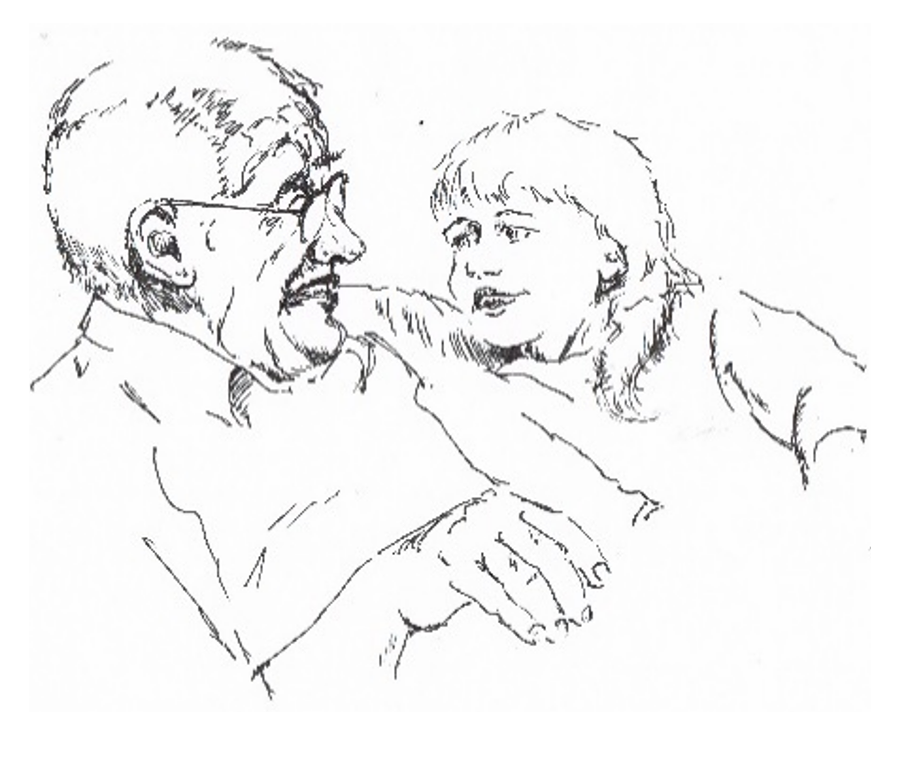 “So Grandad, I think that I understand, that we are all hurting ourselves as well as all other living things by the way we are buying our food and drinks, I mean, is it the packages that are going to be the disaster that will come one day to me and my friends?”
“So Grandad, I think that I understand, that we are all hurting ourselves as well as all other living things by the way we are buying our food and drinks, I mean, is it the packages that are going to be the disaster that will come one day to me and my friends?”
“Yes, I think that packaging is one of the real problems of our time but there are many more to come in your future child.” “I’m so sorry that us grownups have made this disaster for you to deal with.”
“Why do people do these bad things Grandad, it's like they know that it's bad but they do it anyway?”
“Well, my Granddaughter; I’ve learned a lot over my life but the answer to that question is still a mystery.” “Maybe to story of the frog and the scorpion is the right one to explain this.”
“Oh yes, a story, I like stories,”
“Tell me the story of the frog and the scorpion Grandad”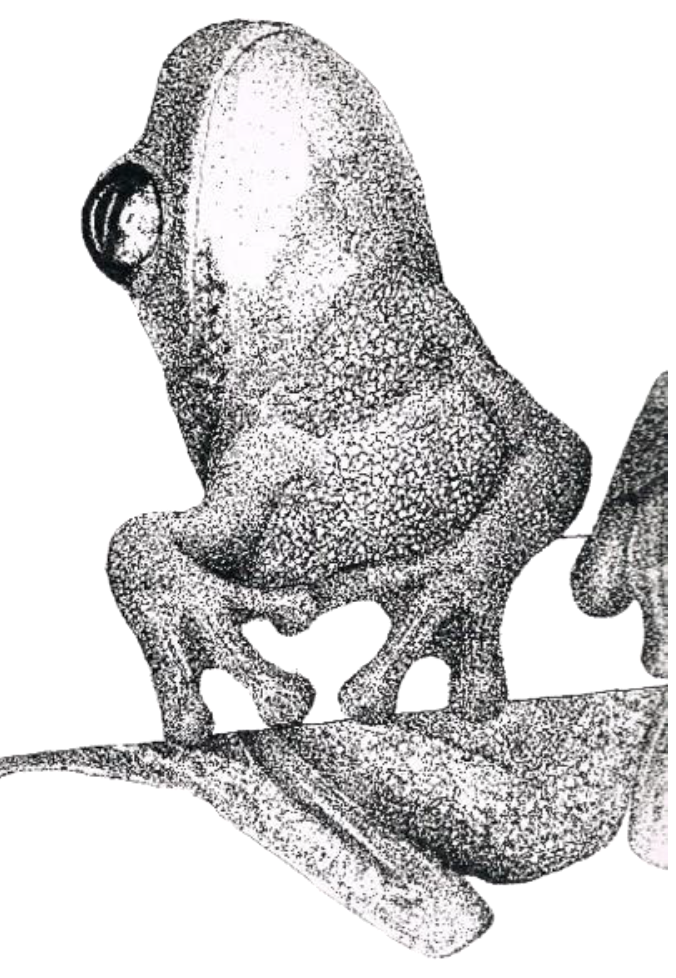
OK well, one day, the frog goes to the bank of a pond where there is scorpion who says to the frog, “Hello Mr. Frog, I cannot swim, could you could ferry me across the lake on your back.”
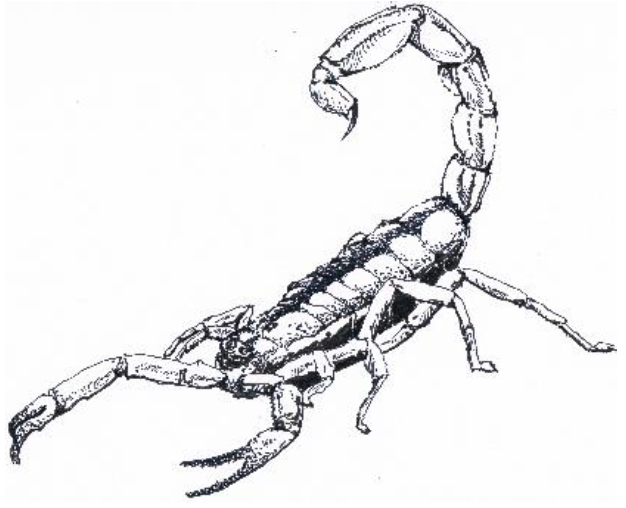 The frog says, “Mr. Scorpion, I can help you out, but you are a scorpion and afraid that maybe in the middle of the pond, you will sting me, and I will die.”
The frog says, “Mr. Scorpion, I can help you out, but you are a scorpion and afraid that maybe in the middle of the pond, you will sting me, and I will die.”
The scorpion says “No! Mr. Frog, why would I do that? I cannot swim, if I were to sting you in the middle of the pond, then we would both drown, so why would I do that?”
The frog is a good-natured fellow and so he decides to help the scorpion. He agrees as the scorpion crawls on his back and the frog starts to swim across the pond. As they get to the middle of the pond, he feels a sudden sharp pain in his back. OUCH! The scorpion has stung the frog. The frog starts to struggle, his arms and legs get heavy and he starts to sink.
He cries, “Why Mr. Scorpion, why did you sting me? Now we will both surely drown.”
The scorpion says, “I don’t know why, I guess it’s just my nature.”
“Oh, Grandad that was a horrible story, the nasty scorpion stung the frog and they both drowned, it makes me so angry against the scorpion.”
Yes, Granddaughter, it's a sad story but an important one, so what do you think that it means, who are the Frog and the Scorpion?”
I don’t know Grandad, please tell me.”
“When we are thinking about these problems of our lives on our planet, Granddaughter, the Frog is the Earth and nature, which gives us all we need to exist, our climate, our food, and 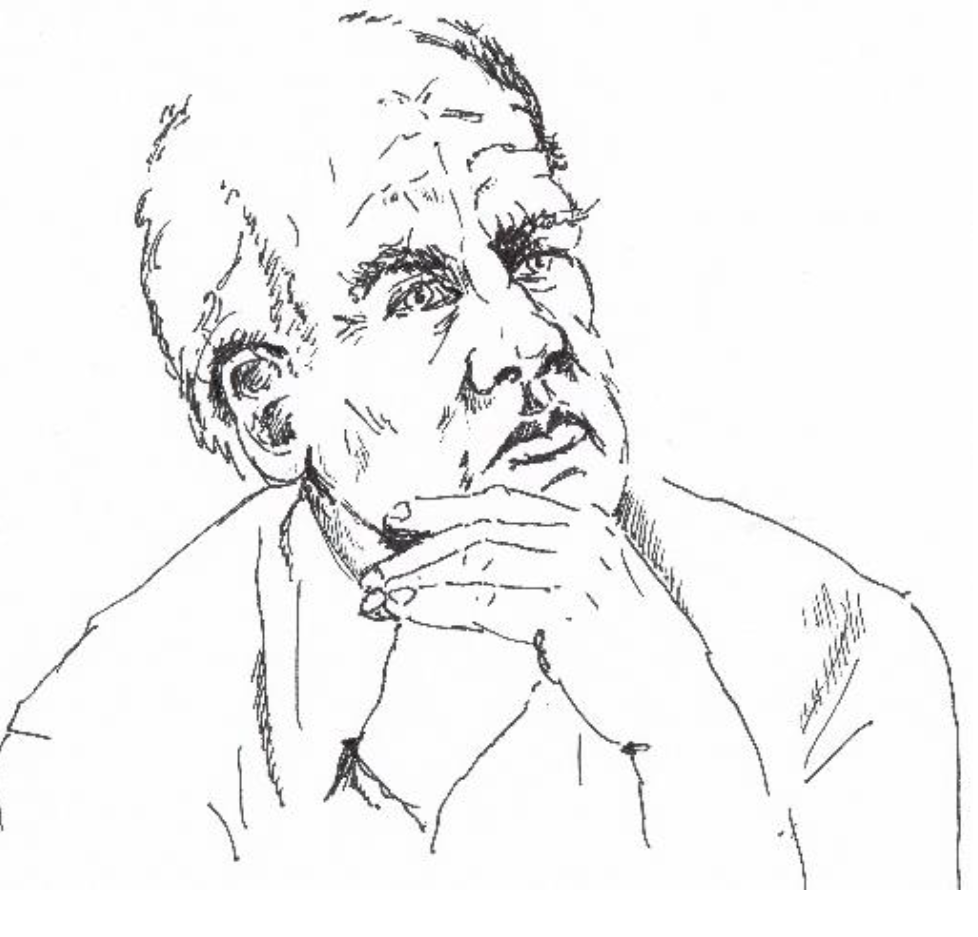 our pleasant lives. The Scorpion is us, we take all we can from the Earth, we poison it and abuse it, even though we know that by doing that, we will endanger ourselves. We are Scorpions, we take to use, to abuse, and to kill - that is our nature.”
our pleasant lives. The Scorpion is us, we take all we can from the Earth, we poison it and abuse it, even though we know that by doing that, we will endanger ourselves. We are Scorpions, we take to use, to abuse, and to kill - that is our nature.”
“I don't want to be a scorpion Grandad; I want to be a frog.”
“I wish I was the frog too child, but we are all scorpions and all we can do is to resist the urge to sting the frog who is helping us.” “We should look after and protect the frog for that is our only hope because, my precious Granddaughter, if we don't ... then just like your story book said "we are doomed and so many terrible things will happen to us, and the world around us.”
Posted on 2022-09-12 10:40








Comments